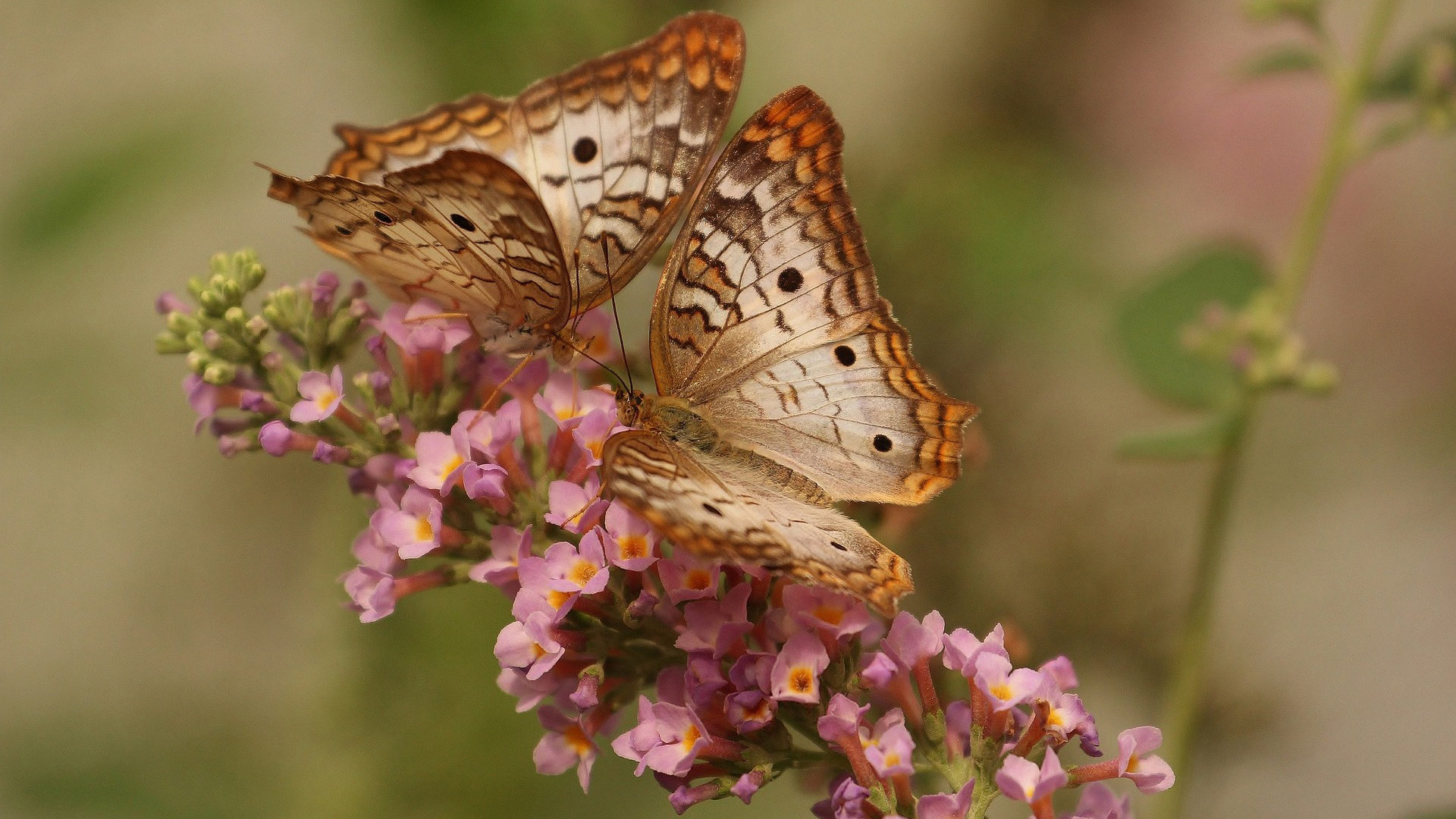
This is the latest in a series of blogs by John Wyer, which explores the A to Z of garden design and horticulture. This time, F is for Flowers…
A few years ago, I went to a Society of Garden Designers conference entitled ‘Sex in the Garden’. Reassuringly – or disappointingly, depending on your point of view – it was all about flowers and fruit. It was a good reminder that however much we swoon over the colour, form, or scent of flowers, they are not principally designed for our pleasure. They are there with the sole purpose of attracting pollinators, which makes the whole thing seem rather mundane, doesn’t it? Unless you’re a bee, moth, or hummingbird of course (and yes, there are other pollinators as well!).
Flowers have long fascinated humans. There are many reasons for this – in some cases, it is to do with their long association with agriculture – poppies or cornflowers for example. In others it is their medicinal or ‘magical’ properties – poppies again, feverfew, or chamomile. In some (like passionflower) it is to do with the structure of the flower itself, and the stories woven around it.
With all these different strands, almost all flowers have come to symbolise something.
Herbs are particularly rich in essential oils, which is partly behind their popularity in medieval folklore – a time of plagues and illness, where the belief that ‘foul air’ caused illness was taken as read. It is not surprising that they crop up so often in Shakespeare. Ophelia, in Hamlet:
There’s rosemary, that’s for remembrance:
pray you, love, remember: and there is pansies,
that’s for thoughts.
There’s fennel for you, and columbines:
there’s rue for you; and here’s some for me:
we may call it herb of grace o’ Sundays: O
you must wear your rue with a difference.
There’s a daisy: I would give you some violets,
but they withered all when my father died.
In this passage, rosemary is particularly associated with remembrance of the dead, and pansies get their name from pensées, the French for thoughts. Fennel represents marital infidelity and columbine flattery or insincerity. Rue, also known as herb of grace, is very bitter and stands for regret, repentance and sorrow. Daisies are a symbol of innocence and the violets, now withered, mean faithfulness. Fennel, Rue and Rosemary were all used to fend off disease and used as strewing herbs – thrown on the floor to release a scent as you walked on them – as were meadowsweet (a favourite of Elizabeth II) and the appropriately named lady’s bedstraw. These essential oils are mostly there to protect the plants against disease and pest attack, which in turn often lends them the medicinal properties which we value.
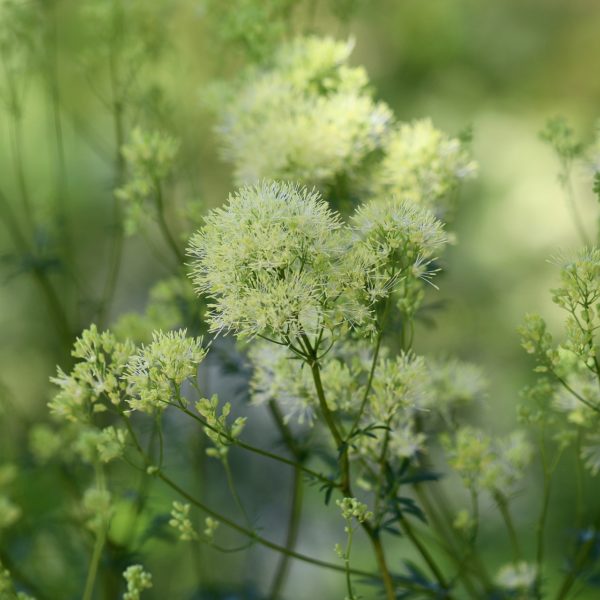
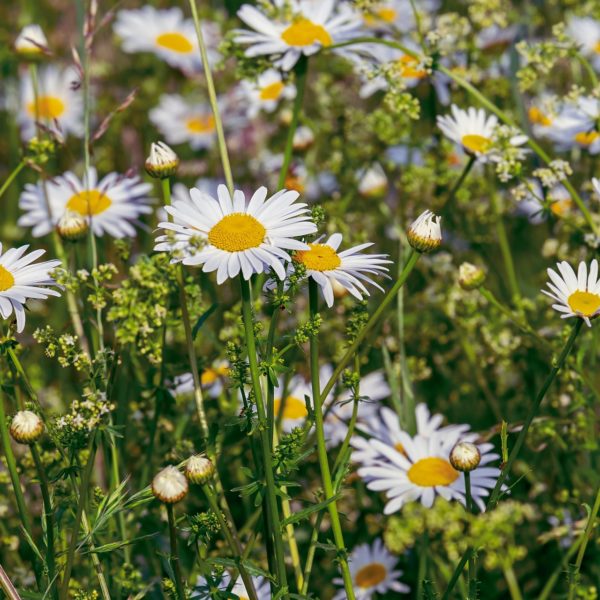
Which brings us to esotericism (as I’m sure you’ll agree). Just in case you wondered what esotericism is – think esoteric – I will redirect first to Wikipedia: ‘Western esotericism, also known as esotericism, esoterism, and sometimes the Western mystery tradition, is a term scholars use to categorise a wide range of loosely related ideas and movements that developed within Western society. These ideas and currents are united since they are largely distinct both from orthodox Judeo-Christian religion and Enlightenment rationalism. Esotericism has pervaded various forms of Western philosophy, religion, pseudoscience, art, literature, and music—and continues to influence intellectual ideas and popular culture.’ I particularly like the phrase ‘largely distinct both from orthodox Judeo-Christian religion and Enlightenment’. Which, it strikes me, is pretty woolly – a sort of medieval conspiracy theory catch-all. In fact, many of these ideas do tie up stories and myths around flowers that go back to both Eastern and Graeco-Roman traditions.
Lotus flowers in particular are important under esotericism – they represent in flower form the ‘chakras’ – or energy vortices within the body. The esoteric doctrines for which the Eastern lotus stands have been perpetuated in modern Europe under the form of the rose. In their symbolism these two flowers are often considered identical. Which brings us to an interesting point in cultural history, which regular readers will know is something I love. For centuries in the early church, roses were identified as flowers of the infidel – partly because of their origins in Persia and far east – they were widely used in early Islamic gardens – but also because of their ‘pagan’ origins (i.e. non-Judeo-Christian). Yet not only did the rose become adopted by the Christian tradition, it became one of the enduring symbols of England – ‘The English Rose’. So much so that the two warring factions of northern England struggling for the throne, were each associated with a rose: Red for the House of Lancaster and White for the House of York. In a political ‘fudge’, Henry VIII combined the two roses to make the somewhat un-botanical Tudor rose, with a yellow centre, red inner and white outer to symbolise peace between the two houses.
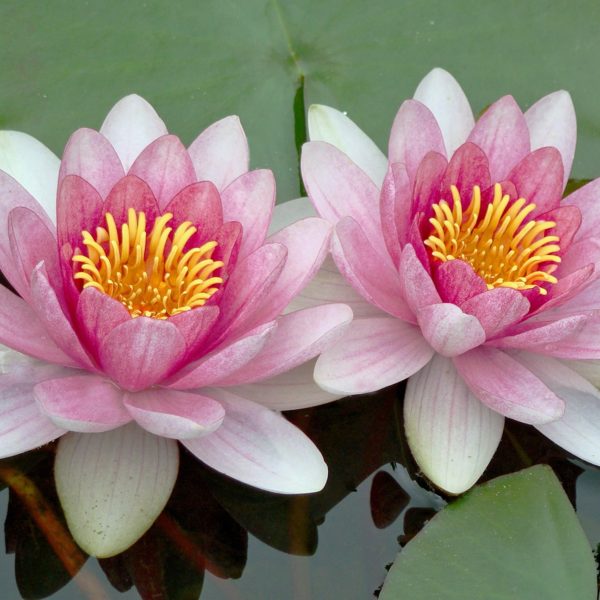
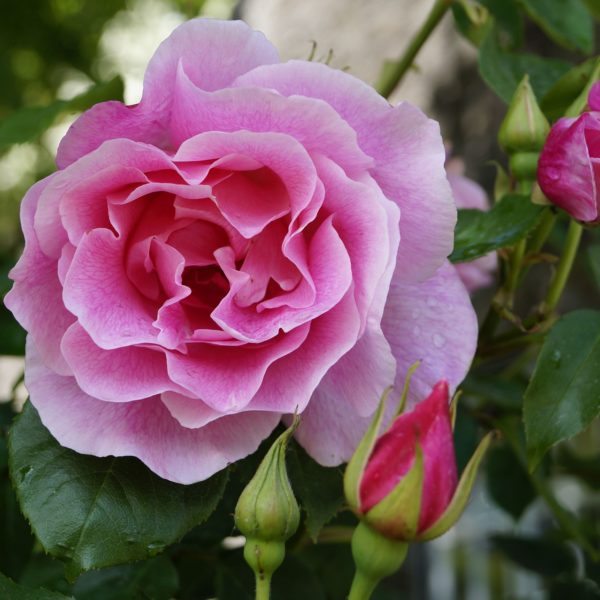
Gradually, increasing international trade led to more exotic flower introductions, which caused great excitement. The best documented example of this is tulip mania in 1630s Holland, when prices reached fantastical levels before collapsing. Tulips had been introduced from Turkey in the middle of the previous century, but wealth from trade and an increasing sophistication of Dutch society and economy led to a speculative bubble. As often with horticulture, there was a heady mix of international trade and imperialism, fashion, and plenty of money swilling around.
During the nineteenth century, there was a combination of more sophisticated plant breeding, numerous introductions of exotics from around the world, and a burgeoning lower-middle and middle class with more leisure time – some of which was spent on gardening. This meant a gradual drift from associations with wild or medicinal flowers, to cultivated garden forms. Britain’s obsession with flowers had begun. Flowers begun to have ‘class’ associations, which persist to this day, although the ebb and flow of fashion changes. Chrysanthemums, Dahlias and Carnations were all seen as a bit ‘non-U’. Rhododendrons were better because you needed a bit more land. And of course, the same (in time) became true of different roses – hybrid teas are ‘a bit vulgar’, floribunda roses more acceptable and specie roses quite elitist, despite the fact that they often less disease resistant and with shorter flowering times.
As we are approaching Remembrance Day, I will finish on the symbolism of the poppy. Because of the opiates derived from poppy seeds, the flower had long been associated with sleep, peace, and death. However, following the cessation of fighting in late 1918 on the WW1 battlefields, the land was thick with poppies the following year. The poppy is principally a pioneer of disturbed ground, so the seeds had laid dormant during the years of fighting only to germinate in abundance the following year. It was a poignant reminder of those fallen, hence its adoption as a symbol of remembrance of war dead. The Quakers use a white poppy as a similar symbol, but combining it with a message of peace.
So why are we so obsessed by flowers? It seems that like bees, we are drawn unwittingly to the scents, forms, patterns and colours which have evolved to lure in pollinators. We have bred these in ever more outrageous concoctions (often losing the pollinators along the way) resulting in some flowers more resembling a knickerbocker glory than the original form. Am I starting to sound a tad elitist?